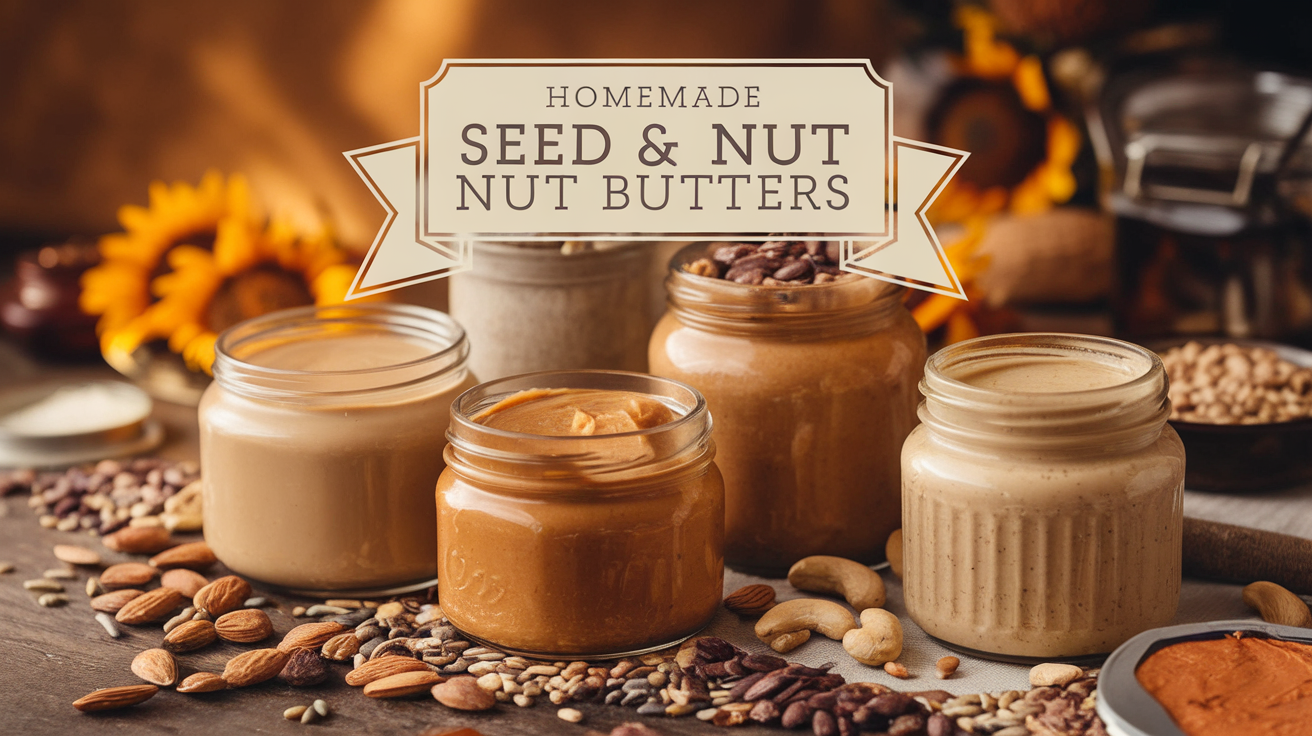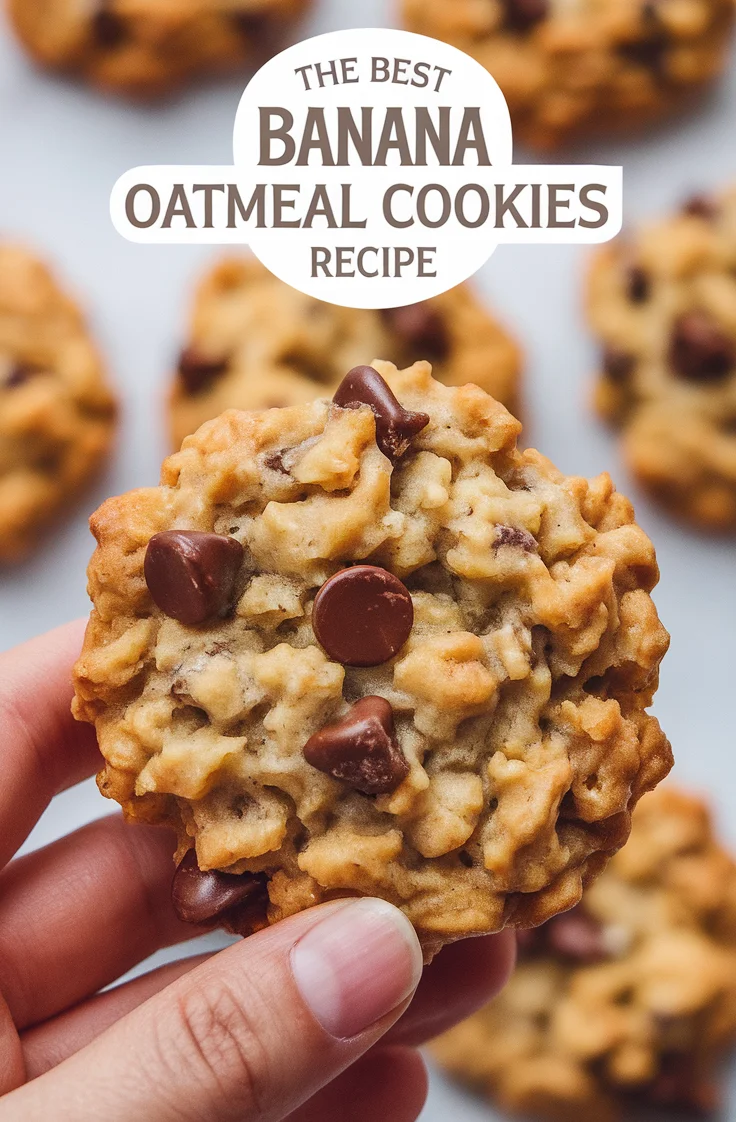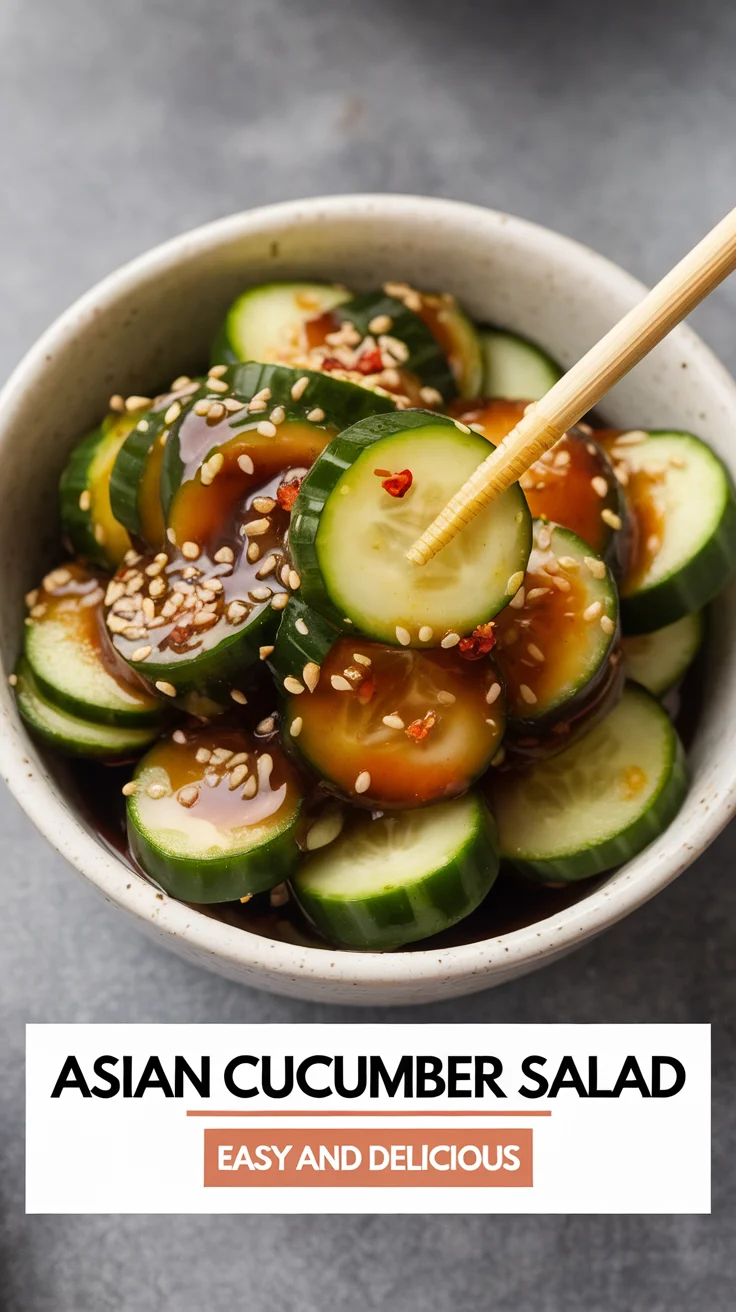In recent years, the trend of making homemade nut butters has surged, and for good reason. Not only do these spreads taste amazing, but they also offer significant health benefits. Whether you’re looking for a healthier alternative to store-bought options, want to customize the flavor, or simply enjoy the process of making things from scratch, DIY nut butters are an excellent choice. In this article, we’ll walk you through several homemade nut butter recipes, including peanut butter, almond butter, walnut butter, and even some vegan alternatives, to help you make the healthiest and most delicious nut butters at home.
Why Make Homemade Nut Butters?
Before we dive into the various recipes, let’s explore why making nut butters at home is a fantastic idea:
Control Over Ingredients
Store-bought nut butters often contain added sugars, preservatives, and artificial flavorings that can compromise their health benefits. By making your own nut butter, you have full control over the ingredients, ensuring that you’re consuming only natural, wholesome ingredients.
Customization of Flavor and Texture
Making your own nut butter allows you to adjust the consistency, flavor, and sweetness to your personal preference. Whether you like it smooth or crunchy, sweet or savory, the choice is yours!
Avantages Nutritionnels
Nut butters, especially when made at home, are packed with healthy fats, protein, and essential vitamins and minerals. Homemade nut butters typically retain more of the natural nutrients than commercial varieties that are often processed and stripped of some of their nutrients.
Coût-Efficace
Homemade nut butters are generally more affordable than the pre-made varieties you find in stores. With a simple investment in nuts or seeds, you can produce large batches of nut butter that will last longer and save you money in the long run.
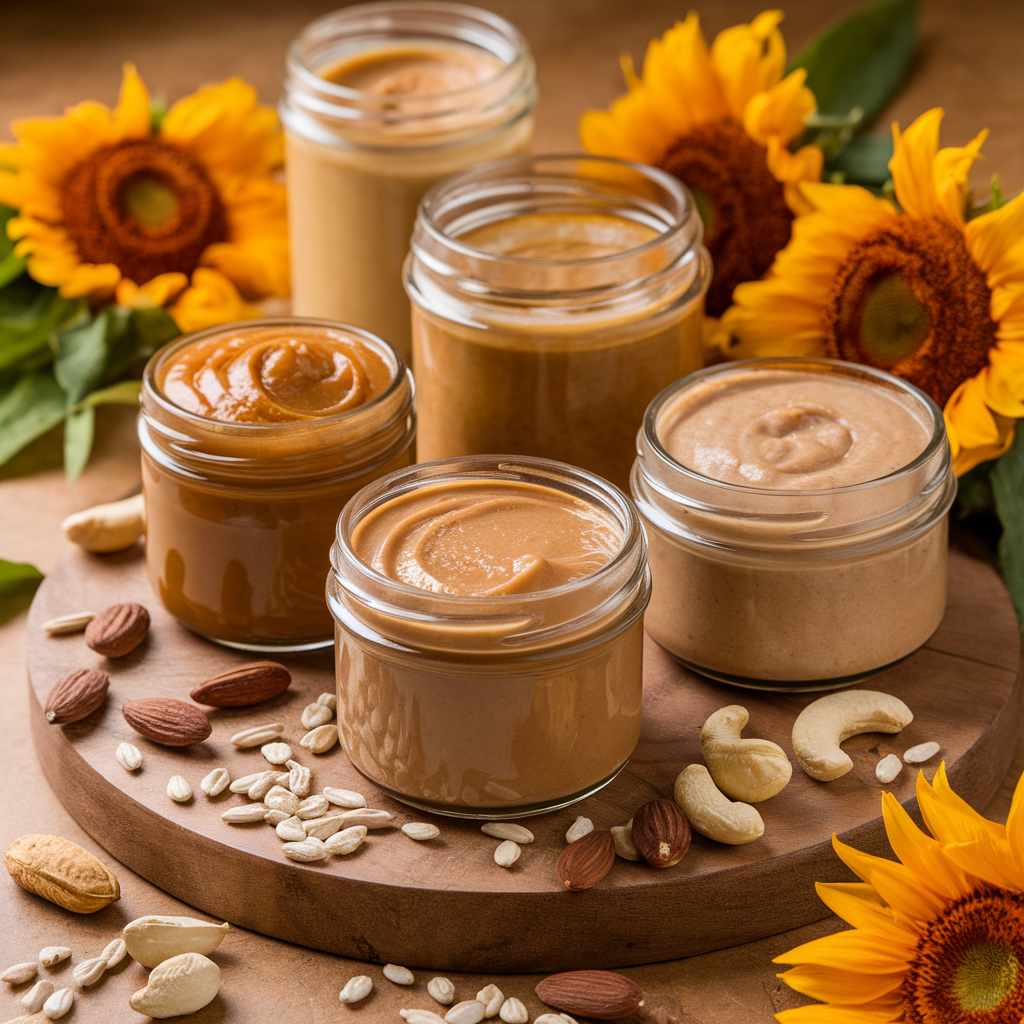
How to Make Nut Butter: The Basics
Making nut butter is incredibly simple. The basic process involves blending roasted nuts (or seeds) in a food processor or high-speed blender. Here’s a general step-by-step guide:
- Roast the Nuts: While you can use raw nuts for making nut butter, roasting them first enhances their flavor. Spread them out on a baking sheet and roast at 350°F (175°C) for 8–10 minutes. Stir halfway through to ensure even roasting. Allow the nuts to cool slightly before processing.
- Process the Nuts: Place the roasted nuts in a food processor or high-speed blender. Pulse initially to break them into smaller pieces, then process continuously. Over time, the nuts will go from a crumbly texture to a thick paste, and finally to a smooth or chunky consistency depending on your preference.
- Adjust Consistency: If your nut butter seems too thick, you can add a small amount of neutral oil (such as sunflower or grapeseed oil) to thin it out. If you prefer a sweeter nut butter, you can add honey or maple syrup. A pinch of salt can also be added to enhance the flavor.
- Store Your Nut Butter: Transfer your homemade nut butter to an airtight container. Store it in the fridge for up to 2–3 weeks for optimal freshness.
Now, let’s look at specific recipes for some of the most popular homemade nut butters, starting with beurre d'arachide, the classic favorite.
Peanut Butter Recipes Homemade
Peanut butter is one of the most beloved nut butters, known for its creamy texture and rich flavor. If you’re wondering how to make peanut butter at home, it’s as easy as the basic nut butter recipe mentioned earlier. Here’s how:
Homemade Peanut Butter Recipe
Ingrédients:
- 2 cups unsalted dry roasted peanuts
- 1 tablespoon honey or maple syrup (optional)
- 1 tablespoon peanut oil (optional, for creamier texture)
- A pinch of salt (optional)
Instructions:
- Place the roasted peanuts in a food processor and pulse until the peanuts are broken down into a crumbly mixture.
- Continue processing until the peanuts start to release their oils and turn into a smooth paste. This may take 5–10 minutes.
- Scrape down the sides as needed and add honey or maple syrup, peanut oil, and salt. Blend again until fully combined and smooth.
- Transfer the peanut butter into an airtight jar and store in the fridge for up to 3 weeks.
Health Benefits of Peanut Butter
Peanut butter is rich in protein, healthy fats, and essential nutrients like magnesium and potassium. While store-bought versions may be high in added sugar, making your own allows you to keep it healthier with minimal ingredients.
Homemade Almond Butter Recipe
Almond butter is another popular nut butter choice. Known for its slightly sweet and nutty flavor, it’s a great alternative for those who prefer something different from peanut butter. Plus, almonds are high in healthy fats, fiber, and vitamin E.
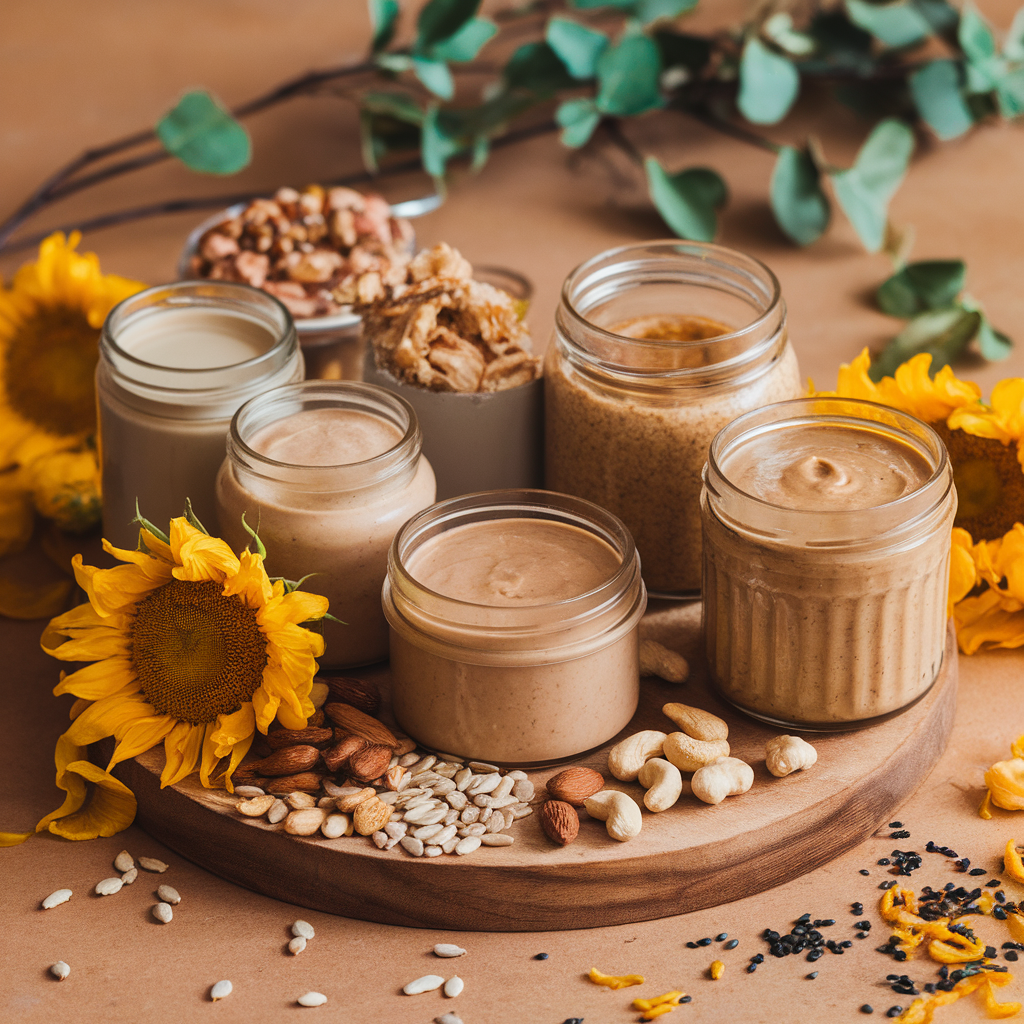
Homemade Almond Butter Recipe
Ingrédients:
- 2 cups roasted almonds
- 1 tablespoon coconut oil (optional for creaminess)
- 1 tablespoon honey or maple syrup (optional)
- A pinch of salt (optional)
Instructions:
- Place the roasted almonds in a food processor and blend. Start with pulses, then process continuously until you achieve a smooth and creamy texture.
- As the almonds blend, they will first form a powder, then start turning into a thicker paste.
- If the butter is too thick, you can add a little coconut oil to thin it out.
- Once the desired consistency is reached, taste the almond butter and add honey or salt if desired.
- Transfer the almond butter into an airtight jar and refrigerate for up to 3 weeks.
Why Choose Almond Butter?
Almond butter is considered one of the healthiest nut butters, as it’s rich in monounsaturated fats, which help reduce bad cholesterol levels. It’s also a great source of fiber, which promotes digestion and heart health.
How to Make Walnut Butter
Walnuts are known for their brain-boosting omega-3 fatty acids, making walnut butter a nutritious and delicious option. If you love the earthy taste of walnuts, this butter recipe is perfect for you.
How to Make Walnut Butter
Ingrédients:
- 2 cups walnuts (roasted)
- 1 tablespoon walnut oil or another neutral oil (optional)
- A pinch of salt (optional)
Instructions:
- Start by roasting the walnuts on a baking sheet at 350°F (175°C) for about 8–10 minutes. Allow them to cool slightly.
- Add the walnuts to a food processor and pulse until the mixture starts to break down. It will go from crumbly to smooth as the oils are released.
- Add a tablespoon of walnut oil if you prefer a creamier texture.
- Add salt to taste, if desired.
- Store the walnut butter in an airtight container in the fridge for up to 3 weeks.
Health Benefits of Walnut Butter
Walnut butter is one of the healthiest nut butters available, thanks to its high levels of omega-3 fatty acids. These fats are important for brain health and may reduce the risk of heart disease.
Resep Vegan Nut Butter
For those who follow a vegan diet, making nut butters at home is an excellent way to ensure that no animal products are included. Vegan nut butters can be made with any type of nut or seed, and you can even incorporate other healthy ingredients like coconut oil, maple syrup, or agave to enhance flavor.
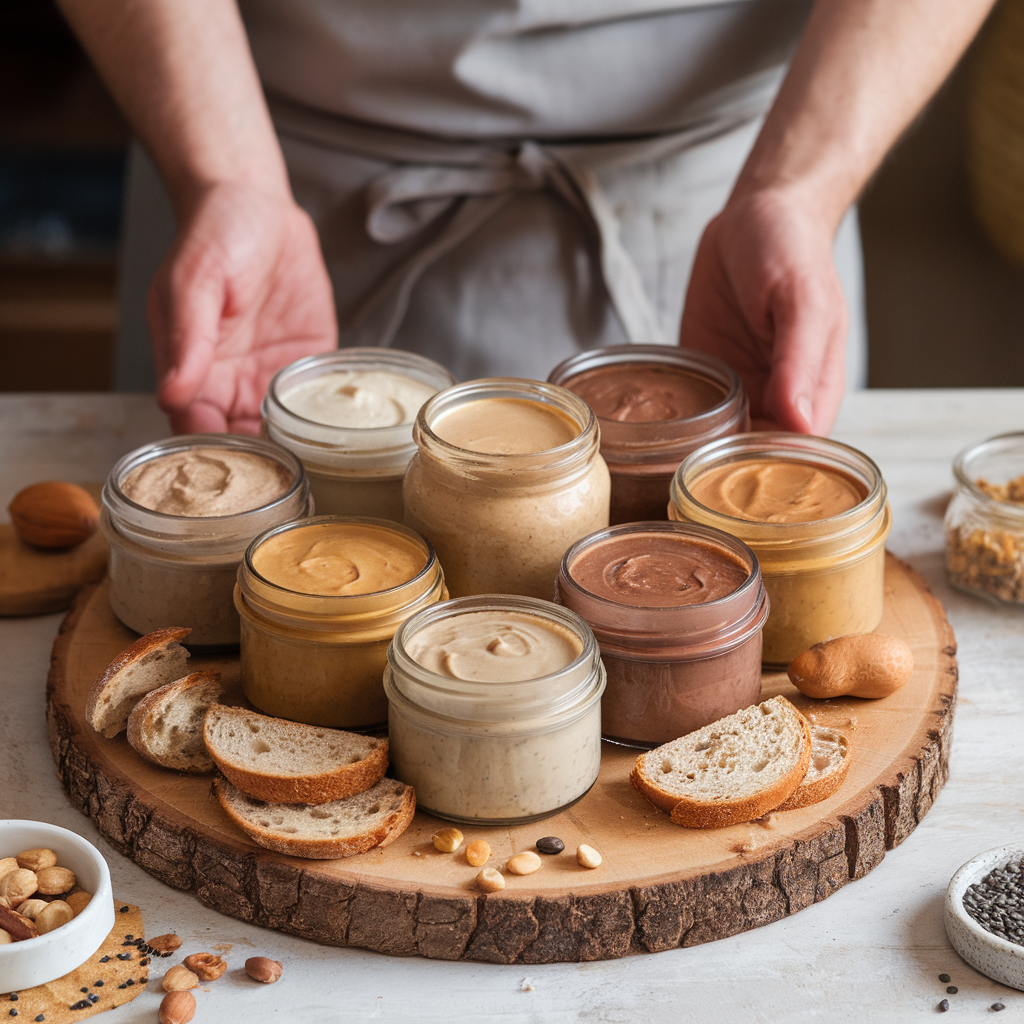
Vegan Nut Butter Recipe
Ingrédients:
- 2 cups of your favorite nuts (e.g., cashews, almonds, peanuts)
- 1–2 tablespoons of coconut oil (optional)
- 1 tablespoon maple syrup (optional)
- A pinch of sea salt (optional)
Instructions:
- Roast your chosen nuts and allow them to cool slightly.
- Place the nuts in a food processor and process until smooth. This can take anywhere from 5 to 15 minutes depending on the type of nut.
- Add the coconut oil and maple syrup to make the butter creamier and slightly sweeter. Adjust the sweetness to taste.
- Store the vegan nut butter in an airtight jar in the fridge for up to 3 weeks.
Why Choose Vegan Nut Butter?
Vegan nut butters are plant-based and free from dairy, making them ideal for vegans, lactose-intolerant individuals, or anyone looking for a healthier, more ethical alternative. They are rich in healthy fats, proteins, and essential nutrients.
Healthiest Nut Butter: Which One Is Best?
The healthiest nut butter depends on your individual nutritional goals and preferences. Here’s a breakdown:
- Beurre D'Arachide: High in protein and healthy fats but can contain more added sugars and sodium in commercial varieties. Homemade peanut butter is always the healthier option.
- Beurre D'Amande: Almond butter is rich in vitamin E, magnesium, and fiber, making it a great choice for overall health.
- Walnut Butter: Contains omega-3 fatty acids, which are excellent for brain health and heart health.
- Cashew Butter: A great source of magnesium and zinc, cashew butter is creamy and delicious, though slightly lower in protein than other nut butters.
In terms of nutrient density, walnut butter is often considered the healthiest because of its high omega-3 content. However, if you’re looking for a protein-packed option, beurre d'arachide ou beurre d'amande may be your best bet.
Conclusion
Making homemade seed and nut butters is a simple and rewarding process that allows you to enjoy all the health benefits of natural, minimally processed foods. Whether you prefer a classic peanut butter recipe, a rich almond butter, or the brain-boosting benefits of walnut butter, the options are endless. With the ability to control the ingredients, flavor, and texture, homemade nut butters are not only more nutritious than their store-bought counterparts but also more cost-effective and customizable.
So why not try these recipes and start making your own healthy, flavorful nut butters today? The possibilities are endless, and you’ll find that once you start, you’ll never go back to store-bought again!
